When the South Vietnamese capital of Saigon fell to the North Vietnamese forces 50 years ago this week, it prompted a mass exodus of some 2 million people — hundreds of thousands fleeing perilously on small boats across open water to escape the communist regime.
Many ultimately settled in Southern California’s Orange County in an area now known as “Little Saigon,” not far from Marine Corps Base Camp Pendleton, where the first refugees were airlifted upon reaching the US. The diaspora now also has significant populations in Virginia, Texas and Washington state, as well as in countries including France and Australia. Still, the community in Southern California comprises the largest and most well-established Vietnamese population anywhere outside Vietnam.
FALL OF SAIGON
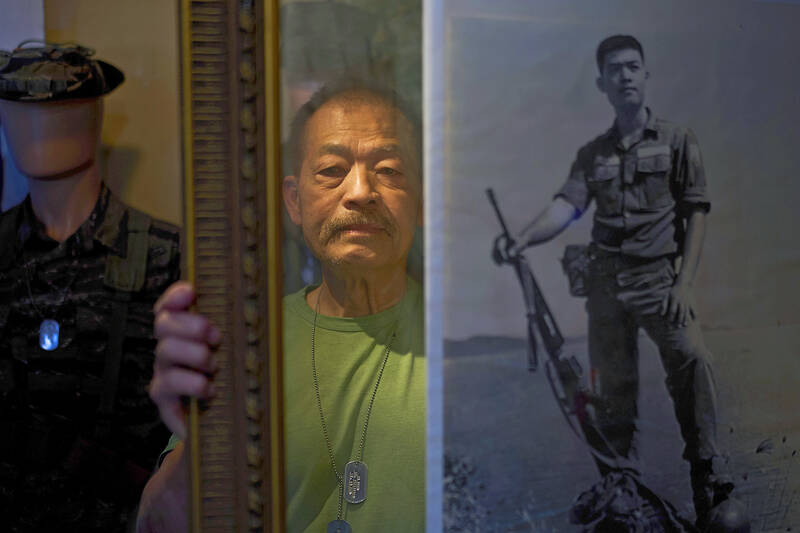
Photo: AP
Memories of Wednesday’s anniversary of the fall of Saigon — the South Vietnamese city renamed Ho Chi Minh City by the communists — has conjured up mixed feelings from grief and resentment to honor and pride in the diaspora here.
For those who lived through the war, the 50th anniversary marks a time of mourning as they remember what they lost — their homeland, their past lives, even their identity. Five decades later, the pain is still raw. One man still can’t bring himself to say much about the family he had to leave behind. Others were barely toddlers when they arrived in a foreign land.
The day Saigon fell — April 30, 1975 — is referred to by the older generation as “Black April” or “National Day of Resentment.”
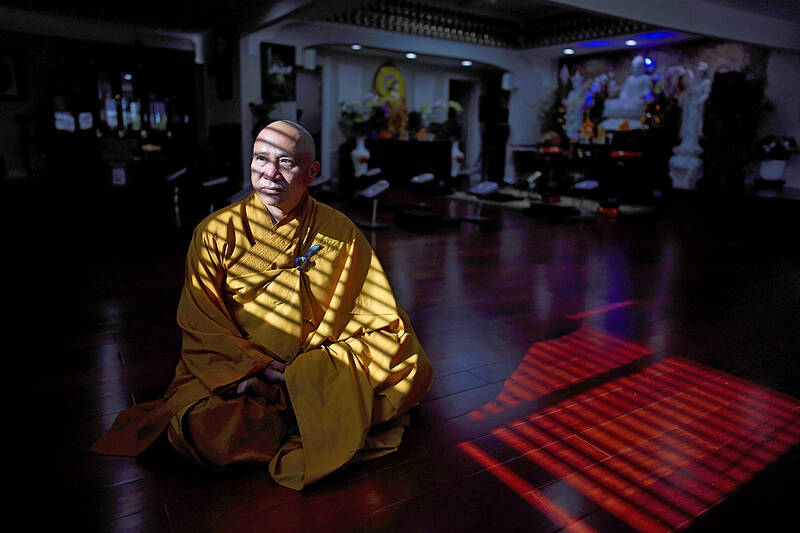
But for their children and grandchildren, many with scant knowledge of the war, the anniversary is a time to honor the resiliency of an immigrant community and to celebrate the accomplishments of a population that started as refugees and now has become an influential part of California and US society.
“I don’t really think about it in a negative light,” said Linda Nguyen, a local business leader whose parents were refugees. “For my generation, it’s about honoring what happened, but also celebrating our future and our current successes.”
Little Saigon in Orange County has evolved from a commercial district contained within a few city blocks in Westminster in the late 1980s to a sprawling region spanning several cities. It’s also now considered the cultural capital for the Vietnamese diaspora around the world.
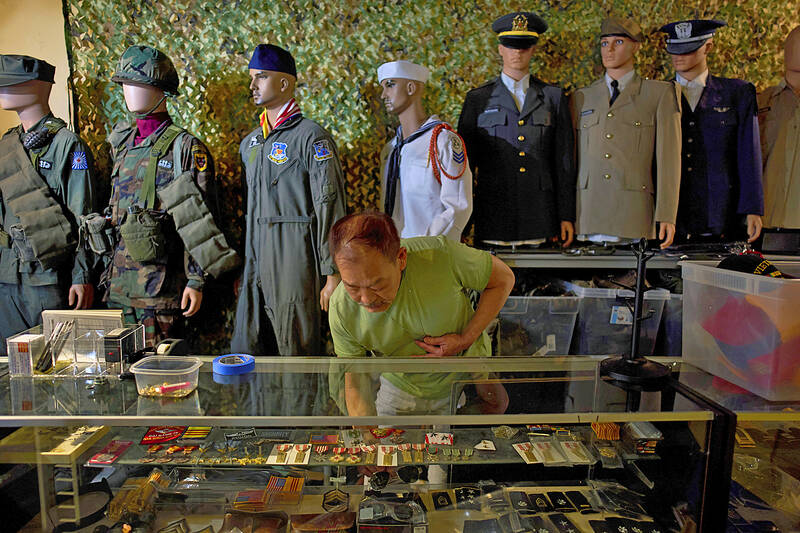
Photo: AP
“We were looking for a freedom to prosper,” said Tri Tran, a University of California, Irvine professor who left Vietnam by sea on a boat in 1986.
Today, thousands of restaurants, shops and offices bear Vietnamese names.
Little Saigon is not only home to Asian Garden Mall, the largest Vietnamese shopping mall in the US, but it also hosts the world’s largest international Vietnamese film festival.
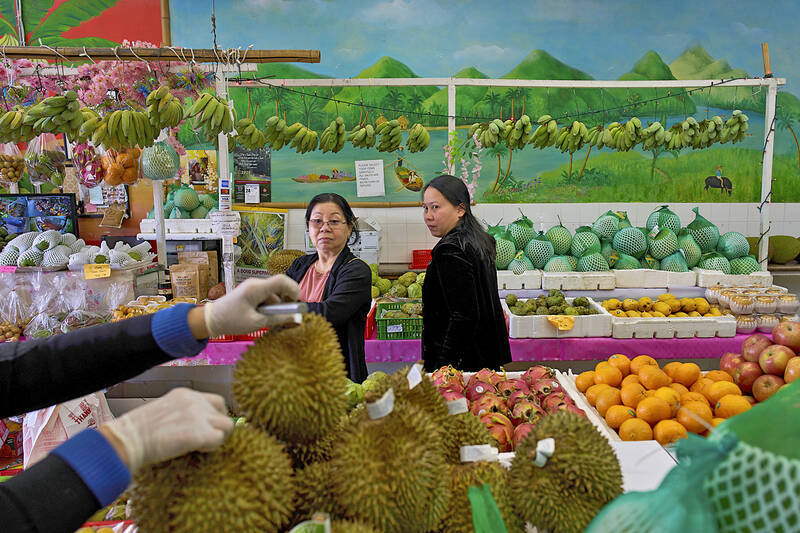
Photo: AP
The population has become a powerful voting bloc in Orange County, elevating some of the first Vietnamese-Americans to elected office. For the first time last year, Orange County elected a Vietnamese-American to Congress. Derek Tran, a Democrat whose parents were refugees, triumphed in a district historically favorable to Republicans.
“We’re very much a young community in this country,” Tran said. “We’re finding our place, but we’re also figuring out how to consolidate our voice and our culture and our history.”
‘BLACK APRIL’
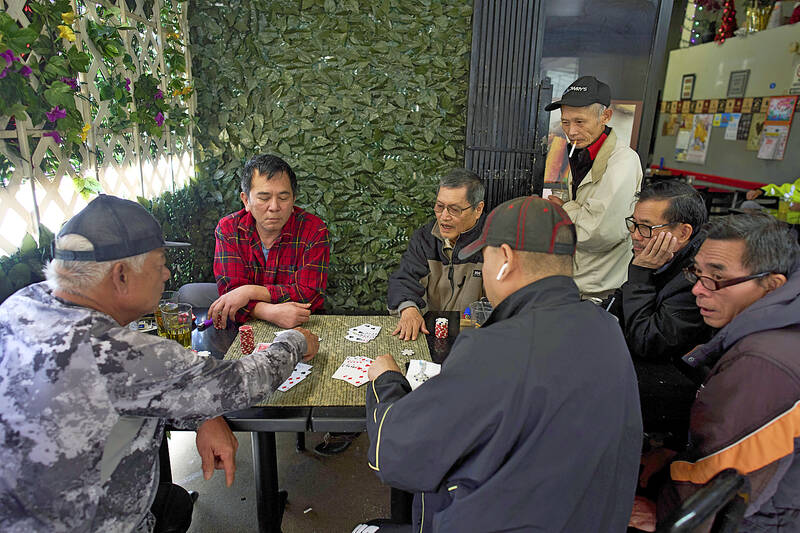
Photo: AP
Marking the anniversary that ultimately led to the war’s end, many Little Saigon businesses and storefronts are adorned with South Vietnam flags. Even the Asian Garden Mall has a prominent 1975 sign, bearing both the US and the South Vietnam flags.
Hung Vu, a member of the South Vietnamese military who arrived in 1975, plans to reunite with old friends and share stories at a community event about how daily life was reshaped by life in the US.
“This is no festive occasion,” said Vu, who owns a uniform store that specializes in recreating the South Vietnamese military’s uniforms, ribbons and medals. “It’s a day of mourning.”
He recalled feeling overwhelmed in a new country where he couldn’t speak the language and didn’t understand social norms. He didn’t even know how to get around or make a living.
“The knowledge gap was tremendous,” Vu said in Vietnamese. “But we were hungry, so we went out and found a way to feed ourselves.”
Many, including former members of wealthy South Vietnamese families, were forced to take on low-paid jobs in their new country, such as cleaning houses and working at nail salons, to survive. Some worked multiple jobs while going to school to send money back to relatives in Vietnam.
They included teenagers who arrived in the US alone, said Tram Le, who studied the experience of the first generation of Vietnamese Americans after the war.
“They lost their childhood,” she said. “Their whole lives, they’re just sacrificing.”
SHIFTING ATTITUDES
Those born and raised in the US often were shielded by their parents from learning about the horrors of the war and the divisions in their homeland that erupted into civil conflict between North and South Vietnam.
The younger generations no longer carry the fervor of anti-communist sentiment that was once a big part of life in Little Saigon, where a portrait of the late North Vietnamese leader Ho Chi Minh in 1999 prompted a 53-day protest.
“The political theme that was once significant to our parents did not carry on to us,” Linda Nguyen said. “To us, Vietnam is Vietnam.”
The focus for the younger generations is on today and what lies ahead.
Young Vietnamese American entrepreneurs no longer shun Vietnam and are working directly with businesses in Vietnam with much success, said Tim Nguyun, the head of the Vietnamese American Chamber of Commerce.
They are also talking about their mental health needs, a topic once taboo among Vietnamese. Traditional names, food and dresses, once considered embarrassing, are now points of pride, while artists are exploring ways to expand the Vietnamese-American narrative beyond the war, said Tram Le.
Tam Nguyun, the former head of the chamber of commerce, is among a growing number of Vietnamese-Americans who are choosing to return to Little Saigon to preserve their families’ business legacies. He took over his parents’ cosmetology school in Little Saigon, which has trained more than 50,000 students over four decades.
“We’re the cultural bridges between generations,” he said. “We’re very proud to be Vietnamese, while we’re also proud that we’re contributing greatly to the American society.”
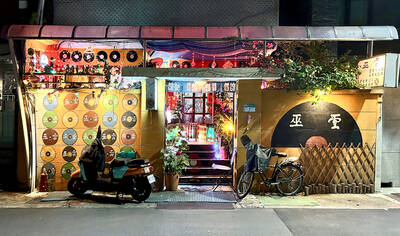
The Lee (李) family migrated to Taiwan in trickles many decades ago. Born in Myanmar, they are ethnically Chinese and their first language is Yunnanese, from China’s Yunnan Province. Today, they run a cozy little restaurant in Taipei’s student stomping ground, near National Taiwan University (NTU), serving up a daily pre-selected menu that pays homage to their blended Yunnan-Burmese heritage, where lemongrass and curry leaves sit beside century egg and pickled woodear mushrooms. Wu Yun (巫雲) is more akin to a family home that has set up tables and chairs and welcomed strangers to cozy up and share a meal

Dec. 8 to Dec. 14 Chang-Lee Te-ho (張李德和) had her father’s words etched into stone as her personal motto: “Even as a woman, you should master at least one art.” She went on to excel in seven — classical poetry, lyrical poetry, calligraphy, painting, music, chess and embroidery — and was also a respected educator, charity organizer and provincial assemblywoman. Among her many monikers was “Poetry Mother” (詩媽). While her father Lee Chao-yuan’s (李昭元) phrasing reflected the social norms of the 1890s, it was relatively progressive for the time. He personally taught Chang-Lee the Chinese classics until she entered public

Last week writer Wei Lingling (魏玲靈) unloaded a remarkably conventional pro-China column in the Wall Street Journal (“From Bush’s Rebuke to Trump’s Whisper: Navigating a Geopolitical Flashpoint,” Dec 2, 2025). Wei alleged that in a phone call, US President Donald Trump advised Japanese Prime Minister Sanae Takaichi not to provoke the People’s Republic of China (PRC) over Taiwan. Wei’s claim was categorically denied by Japanese government sources. Trump’s call to Takaichi, Wei said, was just like the moment in 2003 when former US president George Bush stood next to former Chinese premier Wen Jia-bao (溫家寶) and criticized former president Chen

President William Lai (賴清德) has proposed a NT$1.25 trillion (US$40 billion) special eight-year budget that intends to bolster Taiwan’s national defense, with a “T-Dome” plan to create “an unassailable Taiwan, safeguarded by innovation and technology” as its centerpiece. This is an interesting test for the Chinese Nationalist Party (KMT), and how they handle it will likely provide some answers as to where the party currently stands. Naturally, the Lai administration and his Democratic Progressive Party (DPP) are for it, as are the Americans. The Chinese Communist Party (CCP) is not. The interests and agendas of those three are clear, but